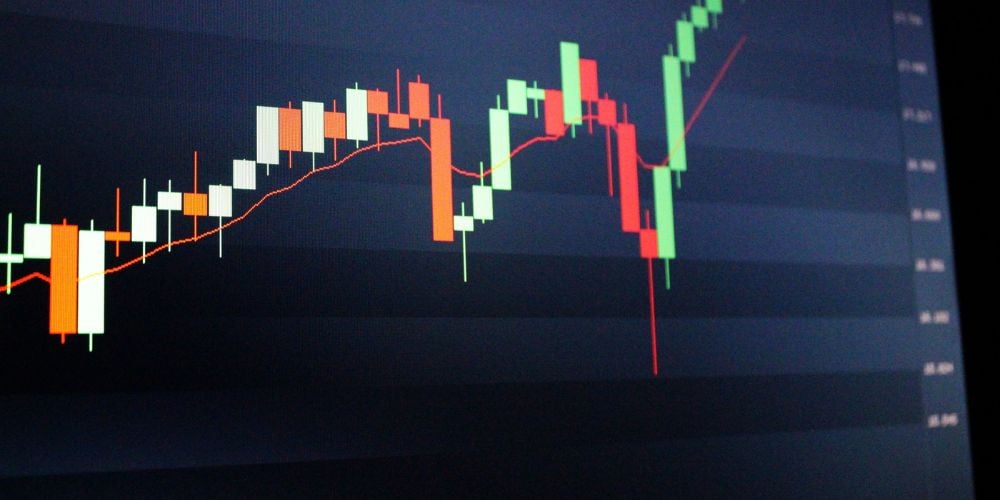Forex trading captures the attention of many, weaving a complex tapestry of strategies that promise profitability.
Within this diversity lies Forex Price Action, a method that has intrigued traders by its simplicity and effectiveness, especially amidst the volatile waves of global economies.
This guide ventures into the essence of Forex Price Action, offering a beacon to those navigating the Forex waters.
What is Forex Price Action?
Definition and Explanation
At its core, Forex Price Action is the study of market’s price movements without the reliance on lagging indicators.
Traders focus on the raw, unfiltered movements to make their decisions, viewing the price chart as a narrative of the market’s behavior. It’s akin to reading a market’s heartbeat, using its rhythm to predict future movements.
Importance of Forex Price Action
Forex Price Action is vital for its direct approach. It cuts through the noise of complex indicators and presents the market’s movements in their purest form, allowing traders to react more intuitively to market changes.
This method underpins many successful trading strategies, making it a cornerstone of Forex trading.

How Forex Price Action Works
In the realm of Forex trading, the term ‘noise’ refers to the minor fluctuations that can distract from the true market direction.
Price Action strategy advocates for a focus on the pure price movements, simplifying the analysis by concentrating on the fundamental market trends rather than getting lost in the minutiae.
Think of the market as an ocean. Its tides, driven by the gravitational pull of the moon, mirror the way economic indicators influence market movements.
Traders using Price Action look at the larger movements (the tides), as opposed to the minor waves, to guide their trading decisions.
Key Elements of Forex Price Action
Trends
Identifying trends is perhaps the most crucial aspect of Price Action trading. A trend signifies the market’s general direction – be it upward or downward.
Recognizing these trends enables traders to align their trades with the market’s momentum, increasing the odds of successful trades.
Support and Resistance Levels
Support and resistance levels represent specific price points on the charts where the market historically struggles to break through.
Understanding these levels aids traders in anticipating potential market reversals, providing valuable insights into future market movements.
Forex Price Action vs. Indicators
While indicators and Price Action both aim to predict future market movements, they approach this goal from different angles.
Indicator-based trading involves mathematical calculations using historical data, whereas Price Action trading depends on reading the market’s current behavior through its price movements.
The simplicities of Price Action trading allow traders to remain grounded, focusing on the market’s actual performance rather than theoretical predictions.
Although mastering candlestick patterns and chart interpretation takes time, it helps traders develop a nuanced understanding of the market.
How to Interpret Forex Price Action
Interpreting Forex Price Action requires a solid grasp of chart patterns and an understanding of candlestick charts. Each candlestick tells a part of the market’s story, revealing potential future movements.
Familiarity with various trading strategies associated with Price Action, such as breakouts and pullbacks, further enhances a trader’s ability to navigate the markets.

Case Study – Successful Forex Price Action Trade
Imagine a fictional yet plausible scenario where a trader capitalizes on a significant resistance level on the EUR/JPY currency pair.
Observing the price hitting and recoiling from this level several times without breaking through, the trader places a short trade.
Trusting in the Price Action, the trader’s prediction proves correct, and the market moves downward, resulting in a profitable trade.
Frequently Asked Questions
What makes Forex Price Action an effective trading strategy?
Forex Price Action is hailed for its straightforward approach, allowing traders to read the market’s current state without the clutter of indicators. This clarity can lead to more informed and timely trading decisions, increasing the chance of success.
Can beginners use Forex Price Action for trading?
Absolutely. While it requires practice to interpret the charts accurately, beginners can start learning Price Action trading to build a strong foundation in Forex trading. It encourages a direct understanding of market movements, valuable for traders at all levels.
What are the key elements to focus on while interpreting a Forex Price Action chart?
The key elements include understanding the trend direction, identifying support and resistance levels, and recognizing chart patterns and candlestick formations. These basics enable traders to make educated guesses about the market’s future direction.
How is Forex Price Action different from other trading strategies?
Forex Price Action stands apart in its reliance on raw market data. Unlike strategies that depend on indicators, Price Action focuses on reading the price movements themselves, aiming for a more intuitive and immediate grasp of market trends.
As you embark on your Forex Price Action journey, remember that patience, practice, and persistence are your best allies. Happy trading!
Conclusion
Forex Price Action is not a magical solution to trading success, but serves as a guiding light through the market’s fluctuations. Its effectiveness varies among traders, shaped by experience, perception, and diligent practice.
For beginners, it might seem overly simplistic, yet for seasoned traders, it provides a clear lens through which to view market dynamics.
Embracing the journey of mastering Forex Price Action unfolds a path filled with insights and realizations, empowering traders to make informed decisions based on the market’s actual performance.
May this guide serve as your compass, leading you to profitable and wise trading decisions in the vast ocean of Forex markets.


 Tags:
Tags:










